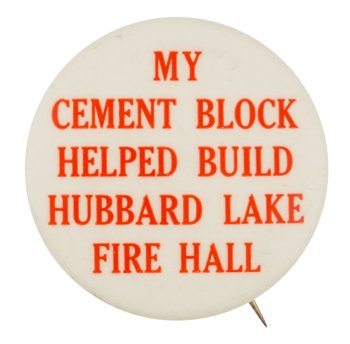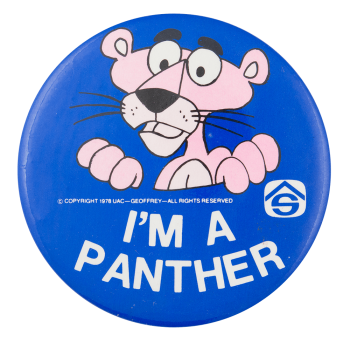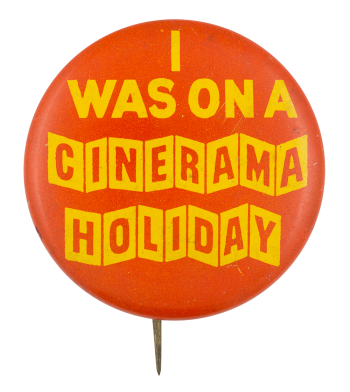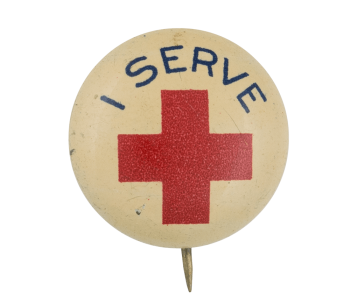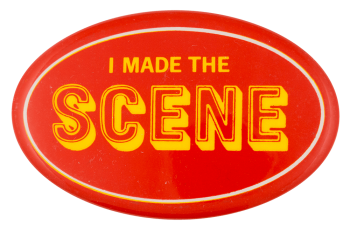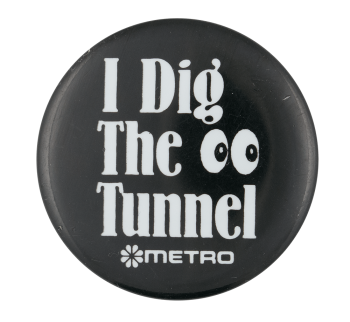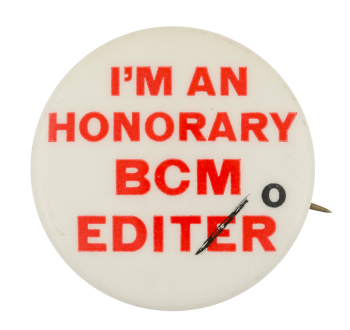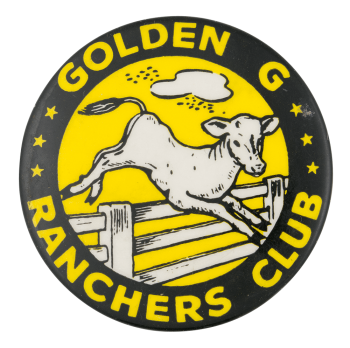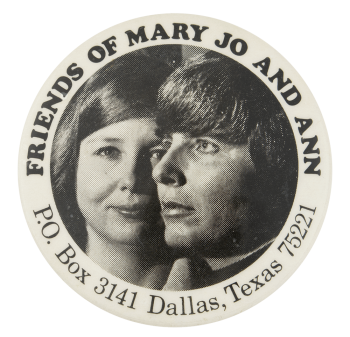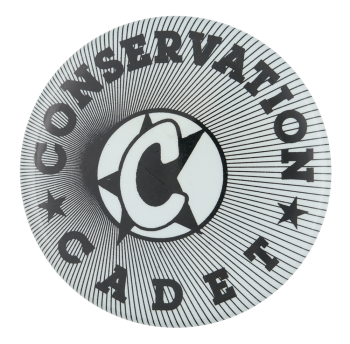My Cement Block
| Category | |
|---|---|
| Additional Images | |
| Text on Button | MY CEMENT BLOCK HELPED BUILD HUBBARD LAKE FIRE HALL |
| Image Description | Red text on a white background |
| Back Paper / Back Info |
ST. LOUIS BUTTON CO. MFGS. |
| Back Style | |
| The Shape | |
| The Size | |
| The Manufacturer | |
| Additional Information | Have info on this button? Contact us here. |
| Catalog ID | CL0528 |

